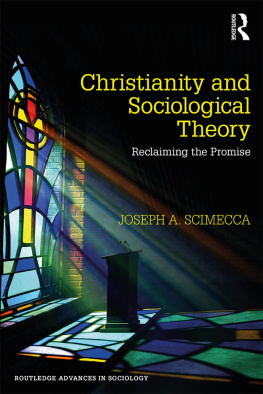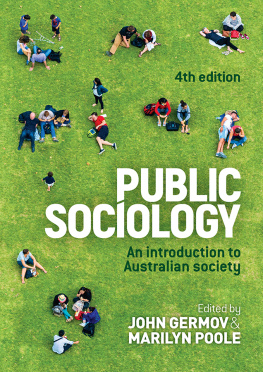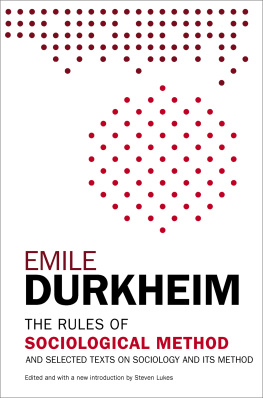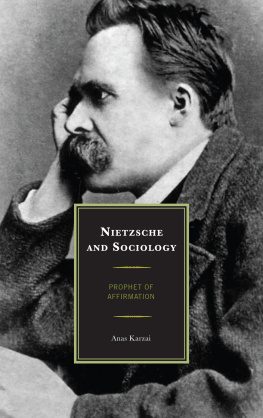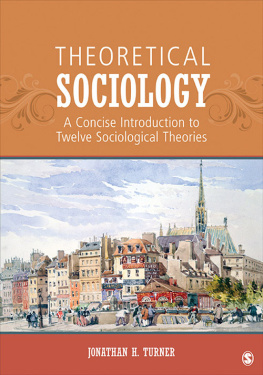Cover
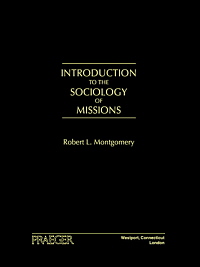
| title | : | Introduction to the Sociology of Missions |
| author | : | Montgomery, Robert L. |
| publisher | : | Greenwood Publishing Group |
| isbn10 | asin | : | 0275966917 |
| print isbn13 | : | 9780275966911 |
| ebook isbn13 | : | 9780313001680 |
| language | : | English |
| subject | Missions, Sociology, Christian. |
| publication date | : | 1999 |
| lcc | : | BV2063.M626 1999eb |
| ddc | : | 306.6/66 |
| subject | : | Missions, Sociology, Christian. |
Page i
INTRODUCTION TO THE SOCIOLOGY OF MISSIONS
Page ii
Page iii
INTRODUCTION TO THE SOCIOLOGY OF MISSIONS
Robert L. Montgomery

Page iv
Library of Congress Cataloging-in-Publication Data
Montgomery, Robert L.
Introduction to the sociology of missions / Robert L.
Montgomery.
p. cm.
Includes bibliographical references and index.
ISBN 0275966917 (alk. paper)
1. MissionsSociological aspects. I. Title.
BV2063.M626 1999
306.666dc21 9916057
British Library Cataloguing in Publication Data is available.
Copyright 1999 by Robert L. Montgomery
All rights reserved. No portion of this book may be reproduced, by any process or technique, without the express written consent of the publisher.
Library of Congress Catalog Card Number: 9916057
ISBN: 0275966917
First published in 1999
Praeger Publishers, 88 Post Road West, Westport, CT 06881
An imprint of Greenwood Publishing Group, Inc.
www.praeger.com
Printed in the United States of America

The paper used in this book complies with the Permanent Paper Standard issued by the National Information Standards Organization (Z39.481984).
10 9 8 7 6 5 4 3 2 1
Page v
Dedicated to my parents
James Nelson Montgomery and Aurie Lancaster Montgomery
Missionaries to Mainland China and Taiwan 1917 to 1959
Page vi
Page vii
Contents
| Chapter 1 Sociology of Missions as a Field of Study | |
| Chapter 2 Social Change Theory and Missions | |
| Chapter 3 Diffusion Theory and Missions | |
| Chapter 4 Missionaries and Missions | |
| Chapter 5 Religious Movements and Missions | |
| Chapter 6 Intergroup Relations, Social Identity, and Missions | |
| Chapter 7 Additional Specialized Areas in Sociology Related to Missions | |
| Chapter 8 Sociology of Religion and Missions | |
| Chapter 9 Theory Construction in the Sociology of Missions | |
| Appendix: Using the Sociology of Missions to Theologize | |
Page viii
Page ix
Preface
My wrestling with the social sciences began when my wife and I were missionaries to Taiwan from 1956 to 1972. My work was with the aboriginal people who were highly responsive to Christianity. Because of their tribal background (there were some ten language groups), I began reading books on anthropology, most of them in paperback. I took a course in the Summer Institute of Linguistics at the University of North Dakota to help me learn the Amis language of Taiwan (an aboriginal group) in addition to my Chinese. At about this time, I began wondering why some groups were more responsive to the Christian message than other groups, for example, the Taiwan aboriginals in contrast to the majority population of Taiwan or the Koreans in contrast to the Japanese, or even the Taiwan aboriginals in contrast to the American aboriginals.
The process of looking for reasons for the variations in responses led me to earn a doctorate in social scientific studies of religion at Emory University (1976) and to additional exploration in the social sciences. Eventually, I produced a book from my findings to date, The Diffusion of Religions, a Sociological Perspective (1996). In this book I included the two other religions that have spread widely, Buddhism and Islam. However, I added my personal Christian perspective, setting it apart in the Appendix. The book focused on one particular aspect of missions (variations in response to a religion introduced from the outside of a group or society), and this focus is still a basic interest of mine. In typical sociological fashion, I made use of a theoretical statement as a guide to the review of data,
Page x
but the nature of the data (history) meant that the study was essentially exploratory.
During the study I became aware that there were numerous other aspects of missions or the diffusion of religions, such as sending strategies and organizational patterns, to be studied from a sociological perspective. Also, I realized there were numerous other concepts and theories from the social sciences which could be used to throw light on various aspects of missions. In short, it seemed to me that within the sociology of religion there was a possibility for considerable theorizing around the special subject of missions, hence the need for the sociology of missions.
This book is meant primarily as a stimulus to research and theorizing, since theory building has been the special forte of sociology. A conceptual tool kit is necessary for theorizing and also some familiarity with how the tools have been used in previous theoretical work. Concepts do not provide answers or explanations, nor do the much-favored models and paradigms. True enough, they may prepare the way for the kind of theoretical work that sociologists do and to some extent they are also products of that work. That is, mission scholars may incorporate sociological concepts and theories as they shape larger frameworks. However, it is understood here, at least, that the sociological approach to theory is somewhat more precisely focused than say the philosophical or historical approaches, and certainly more focused than the missiological or theological approach. To state it simply, the sociological approach understands theories as statements of relationships between concepts, taken as variables, in a way that will provide provisional explanations of social phenomena. The broader normative approaches found in the humanities, which include missiology, have the task of incorporating or adapting these explanations. I will deal further with this distinction between sociological and normative approaches in the Introduction and the chapter on Theory Construction in Sociology of Missions and will demonstrate it in the book itself and by adding an Appendix on Using the Sociology of Missions to Theologize.
Next page

